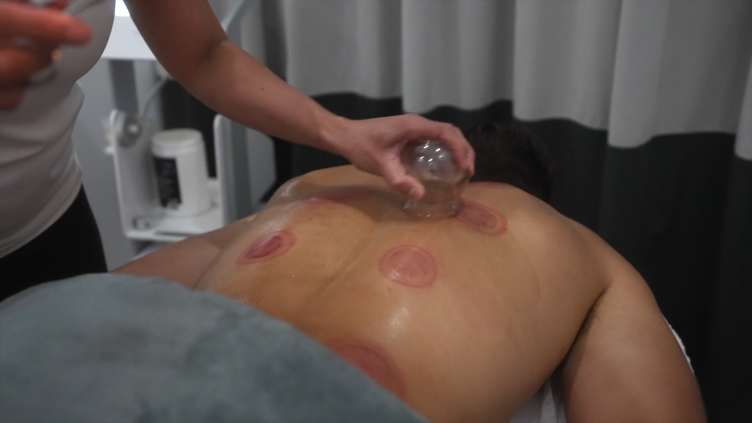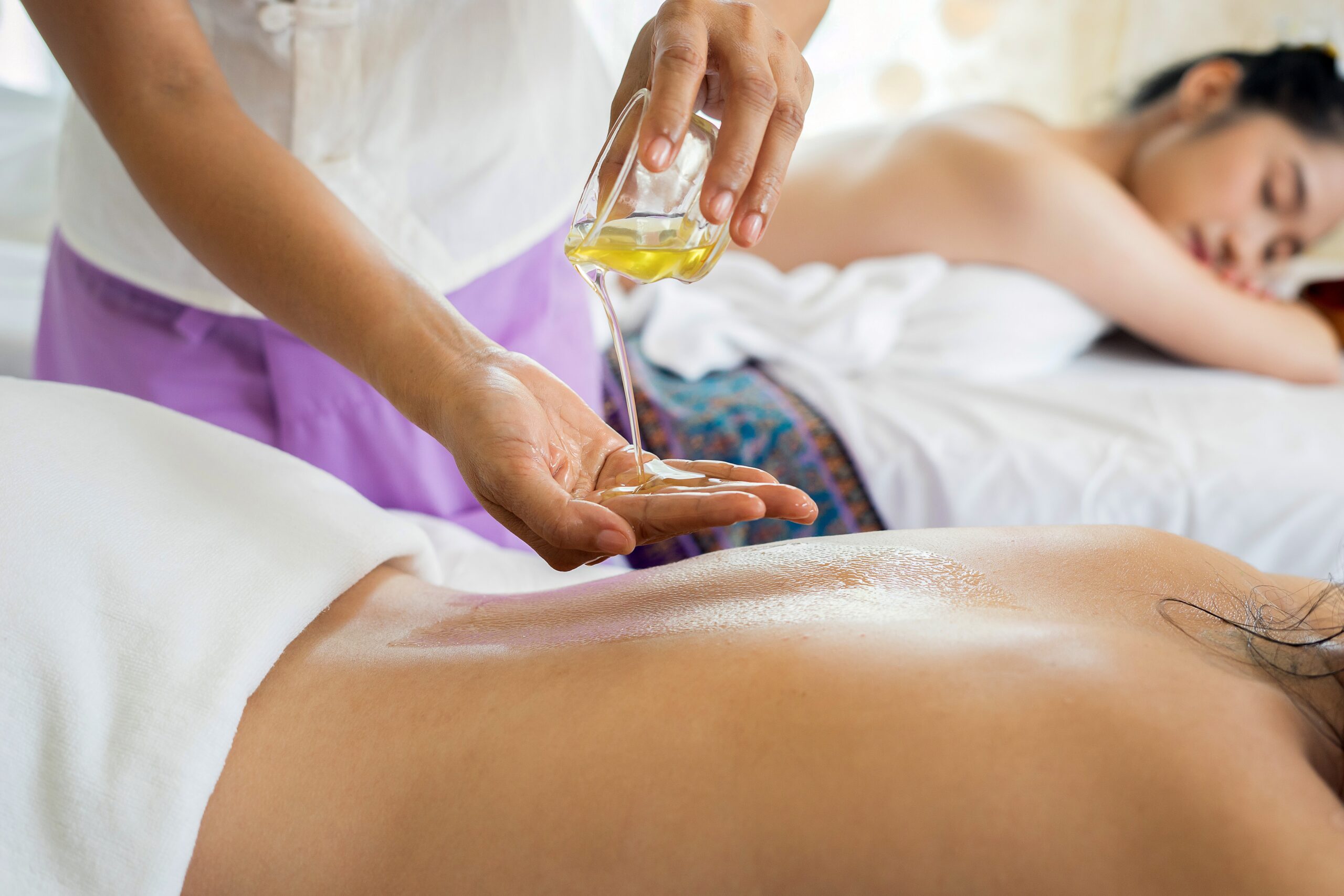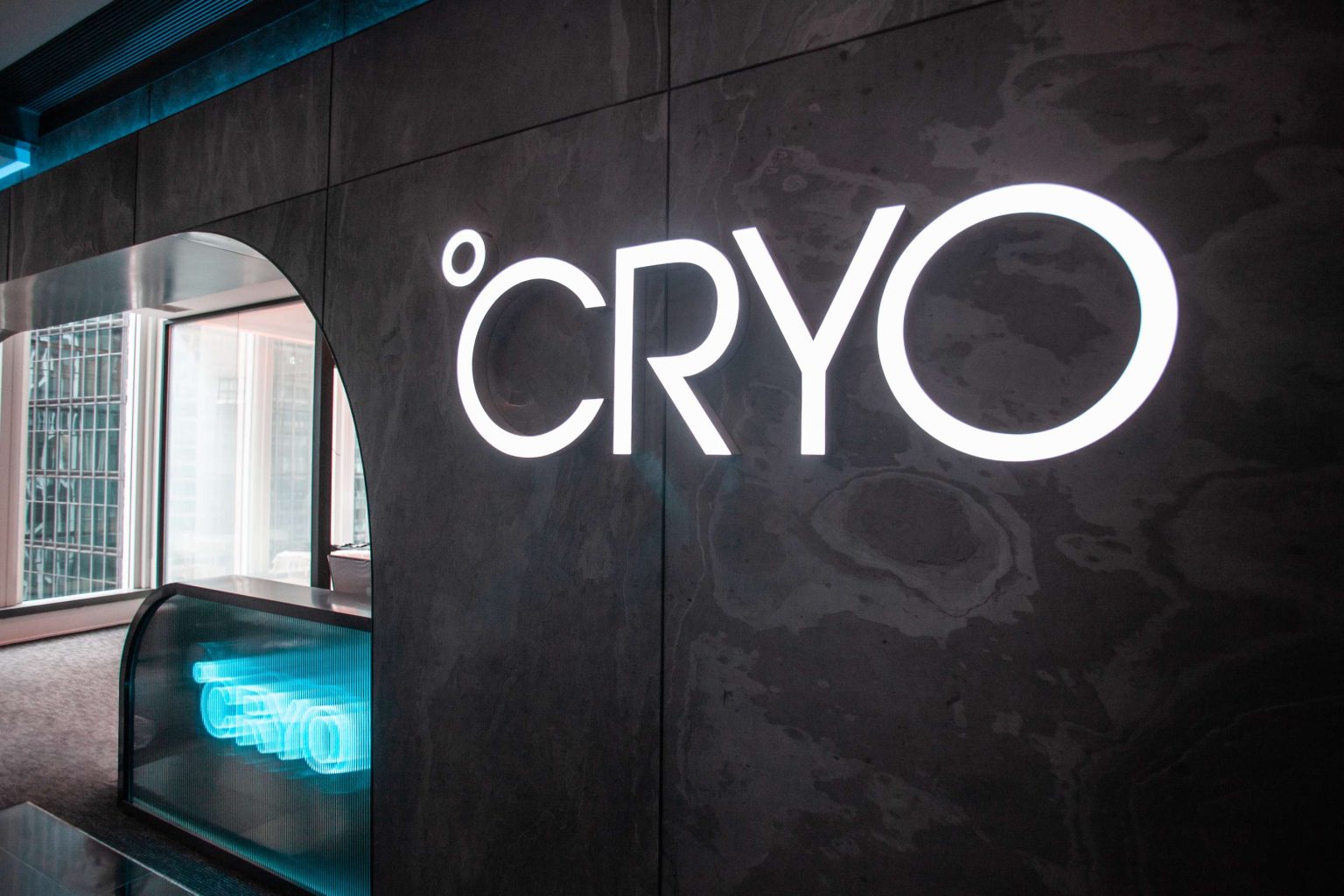True Whole Body Cryotherapy the right way – Head In or Head Out?
In our previous blog, we made a differentiation between a whole body cryotherapy chamber and a cryosauna and answered the question what is the safest and best technology to reach my goals? It became evident that the directed effects between the two technologies are different. In this blog we look into one of the reasons why the results are mixed; should we expose the head and neck as well to the cold?
Just a short recap…
Whole body cryo chambers (WBC) are chambers (single or multiple patients at once possible) in which the client is entirely exposed to the cold treatment, so including the head and neck. These chambers either use electricity or nitrogen “indirectly.” Partial body cryotherapy units (PBC), in which the head and neck refrain from the cold, has reported lower operating temperatures compared to whole body cryo chambers by evaporating liquid nitrogen being sprayed onto the body. Whatever the cold stimulus is (water submersion or WBC), the rationale is that whole head cooling potentially induces a more substantial thermal stimulus for peripheral vasoconstriction. This should lead to a reduction of the thermal response and thereby a more pronounced body response.
The question of whether or not to expose the head has been the subject of published blogs by others. However, after reading these blogs, things do not become manifest. One concludes that the cold from a cryosauna creates a whole-body response which therefore is equal to WBC, while another blog finds that the body’s response between WBC and PBC is indeed different.
Which evidence is out there?
While looking into the scientific literature, unfortunately, the question has not been the input of many studies.
Al Haddad and colleagues submersed the head only in cold water to find out if this submersion accelerated the post-exercise parasympathetic reactivation after exercise. And they found that cold water face immersion appears to be a simple, but useful tool. A study from Pretorius and colleagues studied the isolated effect of whole head immersion including the body in water of 17°C/ 63°F. They found that head submersion increased core cooling rate much more than it increased total heat loss. Evidence for the fact that in the scalp, neck and face the thermosensitive receptors are more sensitive to heat loss.
Hausswirth and colleagues were the first comparing a head-in exposure (3 minutes at -110°C/- 166°F) to a head-out exposure (3 minutes at -160°C/-256°F) using cold air. The skin temperature, directly after and within the recovery period, differed a lot. Exposing the head to the cold, activated the autonomic nervous system more significantly compared to not exposing the head.
This finding resulted in a follow-up study by Louis and colleagues (2015). As in the study by Hausswirth, the temperature of the cold exposure was also different; it was unclear if the difference in the body’s response is attributed to the temperature difference or the head exposure. Louis and colleagues looked into the isolated influence of the head exposure following five daily cryostimulations sessions inducing the same decrease in skin temperature. The WBC sessions were performed at -60°C/ -76°F for 3 minutes and the PBC sessions at -160°C/-256°F for 3 minutes to produce the same skin temperature change (Illustrating a vast difference in the effectiveness of the used technology!). The skin temperature response did not show significant differences (see figure 1), though the tympanic temperature and heart rate did show more substantial increases when the head was exposed as well. They concluded that cooling or not cooling the head during cryotherapy sessions may have a small influence on the modulation of the autonomic nervous system, but that the cooling intensity accounts for a more significant difference.
Figure 1: Changes in mean skin temperature of the whole body (the figure derived from Louis et al. 2015)
A difference between submersion the head in water immersion and exposing to head to cold in WBC is that with WBC, the top of the forehead and the ears are protected from the cold by wearing an ear band. Besides the thermal conductivity of water (0.58) is much higher compared to air (0.024). Both possibly lowering the thermal stimulus applied to the head.
Exposing the head to the cold air has a minor impact on the body’s response according to the one study available. This is in contrast to what is expected, as evidenced by water immersion research and probably also related to the low-intensity protocol used. Besides the study from Louis et al. (2015) focused on autonomic activation only while cryotherapy has many more potential outcomes which should, therefore, be studied in line. In practice exposing the head to the cold is directly linked to the technology used. It becomes more and more evident that cryosauna’s (in which the head refrains from the cold), are less effective in reducing the thermal response. When a strong response in needed head-in exposure should be recommended.
References
Al Haddad, H., Laursen, P. B., Ahmaidi, S. & Buchheit, M. Influence of cold water face immersion on post-exercise parasympathetic reactivation. European Journal of Applied Physiology 108, 599–606 (2010).
Pretorius, T., Bristow, G. K., Steinman, A. M. & Giesbrecht, G. G. Thermal effects of whole head submersion in cold water on nonshivering humans. J. Appl. Physiol. 101, 669–675 (2006).
Hausswirth, C. et al. Parasympathetic activity and blood catecholamine responses following a single partial-body cryostimulation and a whole-body cryostimulation. PLoS ONE 8, e72658 (2013).
Louis, J. et al. Head Exposure to Cold during Whole-Body Cryostimulation: Influence on Thermal Response and Autonomic Modulation. PLoS ONE 10, e0124776 (2015).





